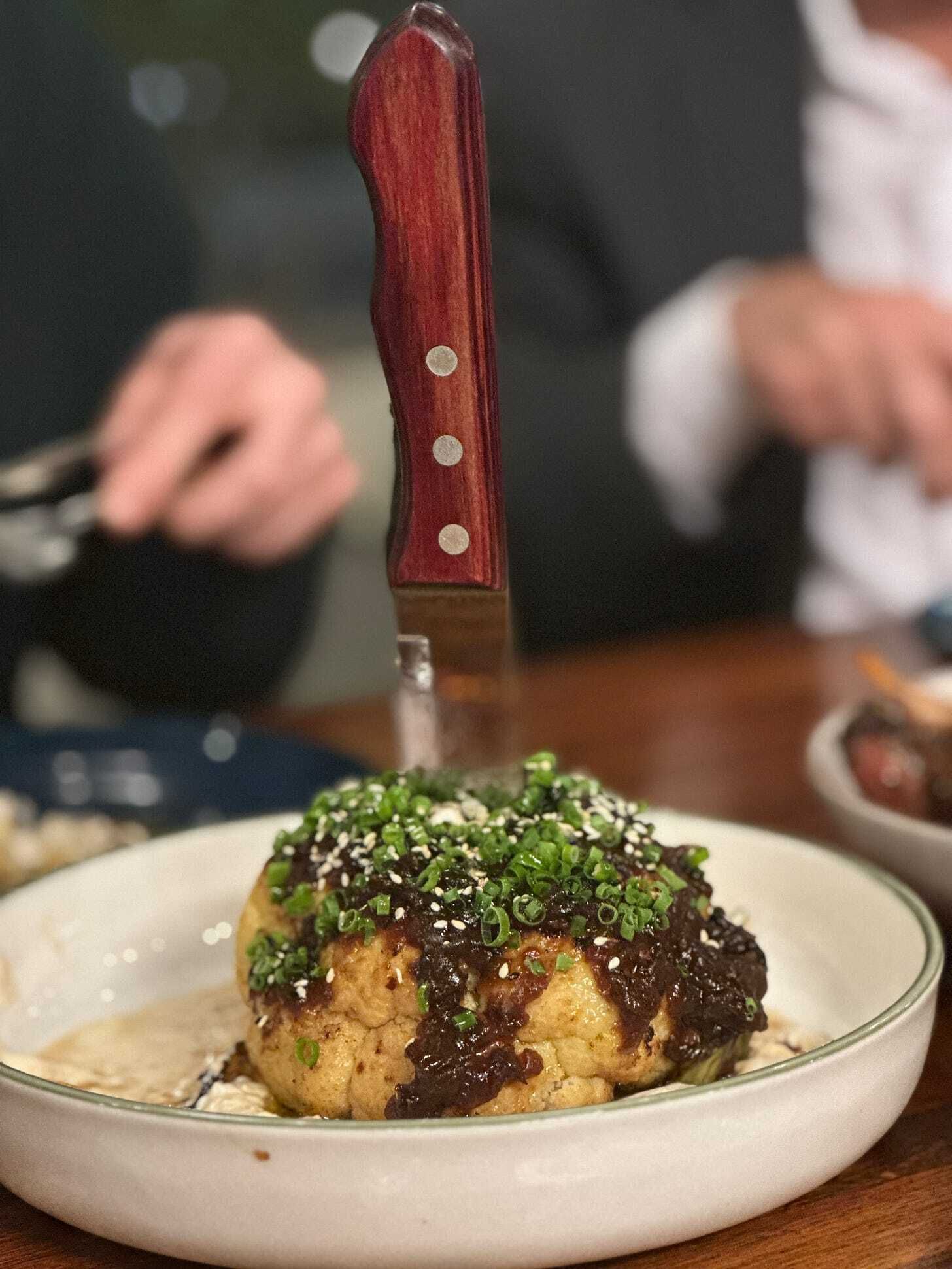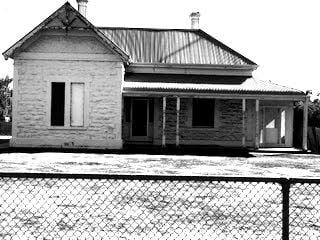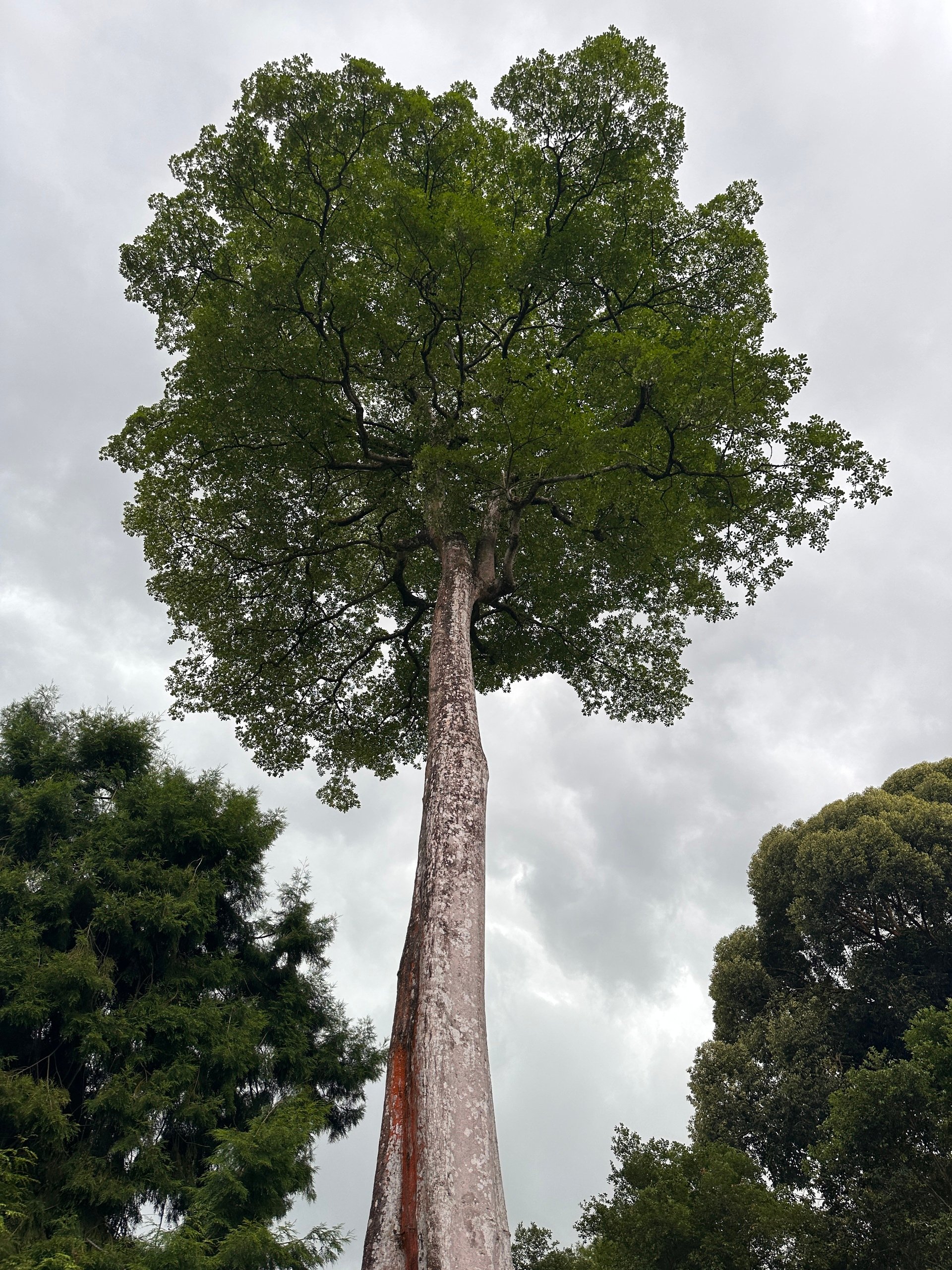My dear friend
I hope this letter finds you resisting the urge to plant your tomatoes. Not warm enough! The soil temperatures are still too cold. And if you don’t believe me, let me appeal to higher authorities: both Sophie Thomson and Jon Lamb.
I was listening to talkback gardening with Sophie Thomson last weekend and she was talking with an expert from Diggers on the very subject of tomatoes. They were united in their forceful advice: don’t go too early. I thought to myself, ‘Well good luck keeping Adrian away from the tomato beds as soon as that calendar flips to October.’
When I mentioned this to Adrian earlier this week, he was, as I had guessed he would be, sceptical. To reinforce the message I have forwarded this morning’s newsletter from Jon Lamb. (His gentle guidance is one of my weekly highlights. While I do love Sophie Thomson her energy can sometimes be overwhelming—plant the beetroot, make it into cake, feed the stalks to the geese—sometimes I admit I do have to turn the talkback gardening down for a moment, catch my breath and then resume). This week Jon Lamb has excellent advice on how long to wait before you plant your tomatoes, and what to do if you simply can’t.
I blame my mother for Adrian’s inability to contain his tomato zealousness. Her gardening rivalry with our neighbour was—as so many of my mother’s many rivalries were—about more than simply tomatoes.* It was politics. A bloody-minded determination to vanquish the forces of masculine conservatism across all domains. Every year she would stand on her toes, peering over the corrugated iron fence to check our neighbour’s tomato progress, then declare with glee: ‘I’ll have ripe tomatoes before Christmas, and he’ll be well into the new year.’
Someone amongst us had to carry the standard forward after she died; this is the kind of spiritual energy that death does not extinguish. And Adrian it is.
While I haven’t carried the tomato energy forward, I do find true solace in my garden just as my mother did. I know it’s a cliche, but when I’m gardening, I do not have to manufacture a sense of hope or belief in the future. This sense simply exists in the plans I make for the back corner or the strip along the driveway; in the puzzle of trying to nurture the wilted kale or the ailing sweatpea; in the delight of seeing the loquat ripen, the banksia grow new shoots.
Naturally, I have approached my gardening in the same way I approach everything: at full speed until something else shiny takes my attention. Which means that some parts of the yard look like the council should come with their ‘keep out’ tape and ‘condemned’ stickers and slip ‘clean it up or else’ letters under the door. I’m thinking, for example, about the pile of mud and weeds growing around the piles of slate we took up when we got the driveway redone.
Adrian said: ‘They’ll dispose of the slate for free.’ In fact, that was one of the reasons he chose them, the first people to quote suggesting that they could do it for several thousand dollars.
‘What? No! We’ll keep the slate,’ I said. ‘We’ll use it to make a feature.’
I suppose in its own muddy, weedy way the slate has become a feature. A messy feature, but a feature nonetheless.
Other parts of the yard look glorious, and in the mornings, when I have my second cup of coffee and first piece of toast, I love to stand at the kitchen window looking at the vegetable beds, including the one I have loaded with compost and peastraw over the last month or so in preparation for Adrian’s tomatoes—what a loving wife I am.
Cauliflower
Earlier this week, we had a family birthday and the four of us went out for dinner to celebrate. (Please do not read a wholesome family vibe into this that doesn’t exist. This was the first time the four of us have eaten at the same table at the same time for many, many months.) We had the ‘feed me’ menu which included a cauliflower head as one of the mains. This is something that would not have landed on our table had we gone the route of a la carte rather than feed me. The waiter placed the plate on the table then punctuated its placement by inserting a knife into the heart of the head with great gusto, thusly:

‘Woah!’ Adrian exclaimed at this dramatic touch.
‘What do you mean, “Woah!”?’ asked our eldest child.
‘Well, look at that,’ Adrian said, pointing to the cauliflower and the knife. ‘That’s impressive.’
Adult-child replied: ‘You watch concrete beams for bridges swinging into place; you’ve helped with the foundations of skyscrapers, and you’re impressed by a knife in cauliflower.’
My dear friend, I laughed. It was brilliant.
Wolf Hall
I finished reading Wolf Hall then went straight to Philippa Gregory’s The Other Boleyn Girl because I wanted to stay in the Tudor world but I needed to gather some strength before moving on to Bring Up the Bodies.
Do you remember when we used to go to spin classes? Back in the days when our cardiovascular strength was somewhat stronger than it now is. Well, moving from Wolf Hall to The Other Boleyn Girl is like in track five at spin class, the mountain climb. The track begins. Big bass and a heavy beat set the scene. It’s Wolf Hall and the instructor tells you to turn the pressure dial to the right, making the pedals harder to push. ‘Another full turn,’ the instructor calls. ‘Another one!’ Then she tells you to stand, to turn the dial ‘another half’, ‘another quarter,’ ‘another inch.’ On each beat she calls, ‘Push! Push! Push!’ Your quads, your glutes implore you to stop, but you keep going. You aren’t sure why, but you can’t stop.
Then suddenly, at the very moment you think you’re almost spent, the music changes, more lightness, more treble, more pace. ‘Back in the saddle,’ the instructor calls. ‘Sit back down and turn the dial to the left,’ she yells, ‘Release the pressure! Sprint!’ You’ve reached The Other Boleyn Girl!
As the pressure is released your legs are spinning and nothing can stop you. Your quads are singing with the sweet release, but they are straining too for something more. They miss the pressure, but they love the speed.
At the end of the class, you’re slumped over the handlebars, you keep spinning your legs but gently. No idea what I’m going to read next.
Amazing News
My dear friend, I am pleased beyond pleased to share this news: Pink Shorts Press acquires Crisp’s first non-fiction title. I’ve got a new book coming out! It’s based on the performance pieces from the last few years, but I have been LOVING working through the editing process with Emily to turn it into a book. Some things have been rearranged, some taken out, some additions written. There’s still a little bit of work to be done of course (there’s always something more with me), but being able to bring everything together like this is one of the most satisfying and enriching times in my creative life. I’m not taking a single moment of it for granted—even when the perfect word or sentence feels frustratingly elusive I’m letting myself enjoy it. Cannot wait until launch day!
Next Time
Each week that I sit down to write, I think of the many things I want to talk with you about, but I quickly run out of space; and I don’t want to test your patience by rambling on too long or switching topics too often. So, my dear friend, I will end here with not much said and much unsaid, and a promise to write again soon. Until then, and as always, I will think of you often and with love,
Your friend
Tracy xx
* I understand the em dash is now considered to be a hallmark of AI. I saw someone saying the other day that of course it is, ‘I mean there isn’t even an em dash on the keyboard.’ My dear friend, I know you understand my frustration at having to tone down the em dash lest we be accused of using AI. It is precisely because there is no em dash on the keyboard that I love using the em dash so much. Is there anything more satisfying when typing than to tap two ‘-’s and watch as they click into place when you press the space bar after the next word? I stand defiant and shall continue to use it with regular and fulsome abandon.



